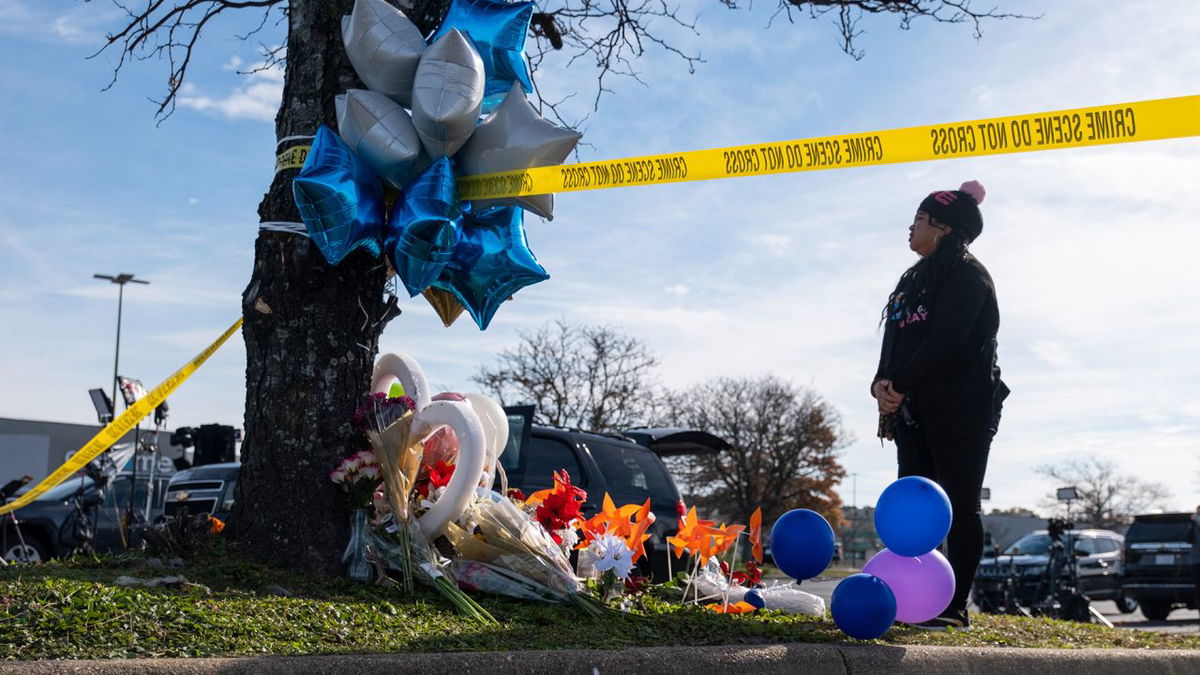US firearm homicide rate ticks down from pandemic peak, but remains elevated

By Amanda Musa, CNN
(CNN) — After years of increases, the rate of firearm-related homicides in the United States decreased in 2022, according to data published Thursday by the US Centers for Disease Control and Prevention.
This is the first time the national firearm homicide rate has fallen since a sharp increase was recorded from 2019 to 2020, amid the Covid-19 pandemic, according to the CDC.
Between 2019 and 2020, the overall firearm homicide rate increased by about 35%, from 4.4 deaths per 100,000 people nationwide in 2019 to 5.8 in 2020. That rate was the highest it had been relative to the previous 20 years, only to increase again in 2021 to 6.3 deaths per 100,000 people.
Provisional CDC data from 2022 saw 5.9 deaths per 100,000 people, about a 6% decrease from 2021. However, last year’s numbers are still substantially higher than the 2019 rate of 4.4 deaths per 100,000.
Racial disparities remain on par with previous years across all race and ethnicity groups, according to the CDC data.
Despite a minor decrease, non-Hispanic Black or African American people continue to experience the highest firearm homicide rates. The annual rate among Black people during 2022 (27.5) was lower than that in 2021 (30.4) and 2020 (28.3) but was still substantially higher than in 2019 (20.5).
Notably, the firearm homicide rate for American Indian or Alaska Native people in 2022, 9.3 deaths per 100,000, exceeded rates in both 2021, when it was 7.7 and 2020, when it was 7.9. It was the only ethnic group to see an increase in the rate of deaths in 2022.
Among Hispanic people, the rate in 2022 leveled off but remained higher than that in 2019. Rates among non-Hispanic White people and Asian or Pacific Islanders, although lower, also increased from 2019 to 2021, followed by a decrease in 2022.
In their report, CDC researchers attribute higher rates of firearm-related homicide deaths to a “range of factors,” such as the economics as well as social and health-care-related inequities, which were all worsened by the Covid-19 pandemic.
There are ways to help mitigate these factors, the report said.
“These efforts include policies and programs promoting economic and housing security, hospital and community-based outreach and violence interruption programs, initiatives to enhance secure firearm storage to prevent unauthorized access or use,” the report said.
On Thursday, the White House touted the new report saying the overall reduction in the gun homicide rate last year reflects meaningful progress.
In a statement, press secretary Karine Jean-Pierre called for additional gun violence prevention efforts from Congress. She also highlighted the disproportionate impact on communities of color found in the report: “This report makes clear that communities of color are especially at risk of facing this senseless violence. Black Americans continue to be disproportionately killed by gun homicides, with a rate more than four times higher than that of the general population.”
Last year, President Biden signed the Bipartisan Safer Communities Act into law, the most significant new federal legislation to address gun violence since the expired 10-year assault weapons ban of 1994.
“God willing, it’s going to save a lot of lives,” Biden said at the time of the bill’s signing.
Though the package fails to ban any weapons and falls far short of what Biden and his party had advocated for, It includes $750 million to help states implement and run crisis intervention programs. The money can be used to implement and manage red flag programs — which through court orders can temporarily prevent individuals in crisis from accessing firearms — and for other crisis intervention programs like mental health courts, drug courts, and veterans courts.
CNN’s Betsy Klein contributed to this report.
The-CNN-Wire
™ & © 2023 Cable News Network, Inc., a Warner Bros. Discovery Company. All rights reserved.